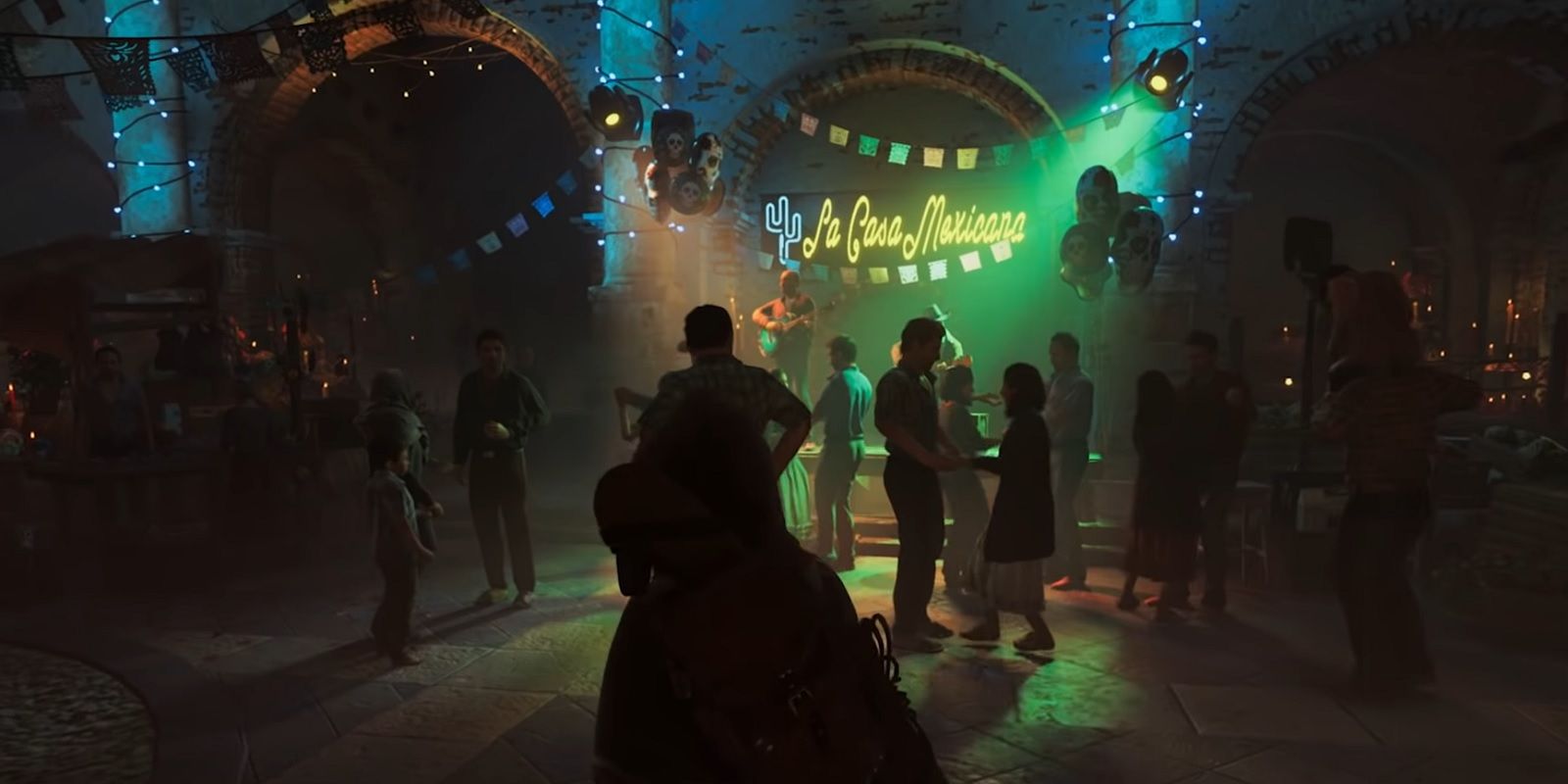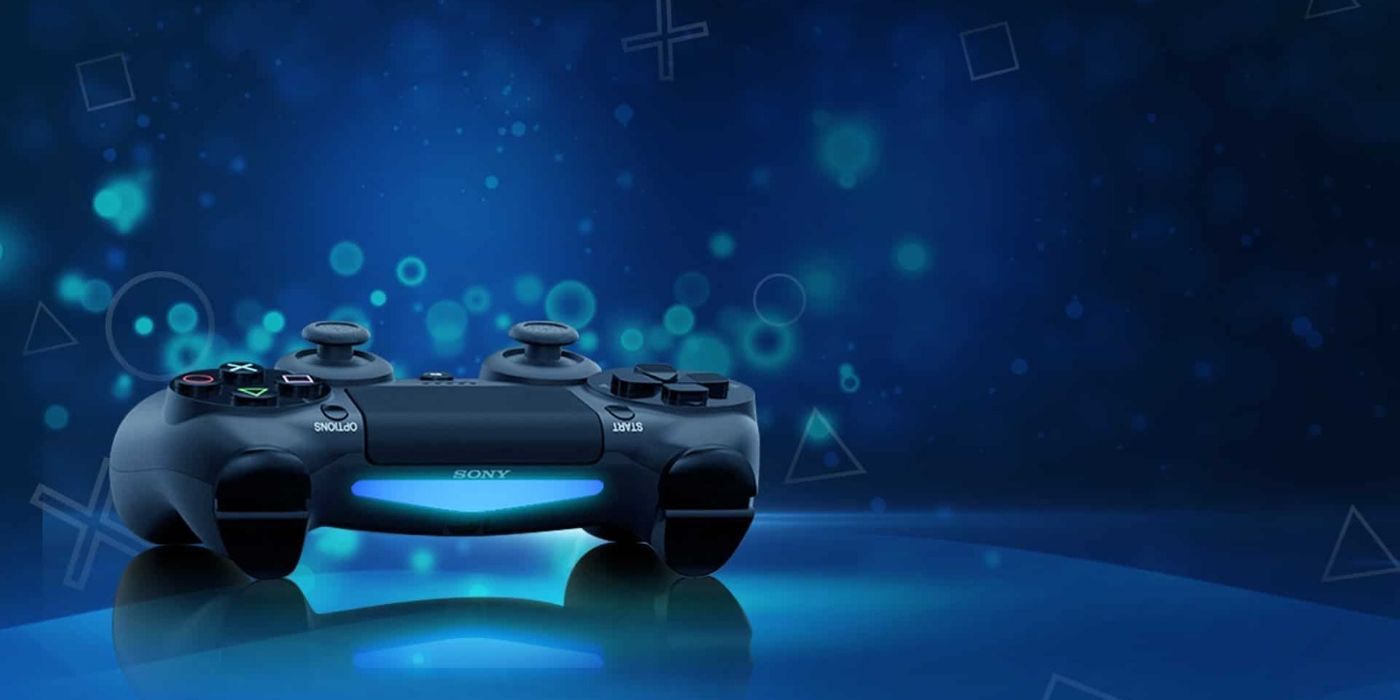Ray tracing is one of the next big talking points in gaming – but will it live up to the hype? The technology is set to add another level of realism to the experience, but many wonder whether it is worth the processing power or sacrifice in frame rates. Here, we’ll explain what ray tracing is and what you should expect from the next-gen lighting tech.
One of the areas gaming companies are looking to improve on is lighting. Ray tracing appears to be the solution the industry has settled on. The current problem with lighting in games is that it’s not always as realistic as it could be. However, ray tracing looks to solve this by taking a more real-world approach to how an environment is illuminated.
In the real world, light is not static. When a beam of light is directed somewhere, it disperses in multiple directions. Along each of those directions it encounters other surfaces, textures, and object densities – all of which tend to either absorb the light source or bounce it off again in a different direction. Ray tracing looks to do the same in gaming by tracing the path light would be expected to take in the real world and have it respond in the same way based on the other elements in the environment that might impact the level of illumination. In other words, more shadows where shadows should be, and more reflections where reflections should be. If that all sounds like a lot of hard work for very little reward, you’d be right. However, it's about adding that extra level of realism to the experience. With both the PlayStation 5 and Xbox Series X arriving with ray tracing tech inside, ray tracing will be a major selling point for console games going forward.
The Problems With Ray Tracing
The main problem with ray tracing is that it is a demanding activity. Tracing, anticipating, and rendering light in so many different directions, accounting for each individual effect all in real-time is a processing nightmare. In fact, it is one of the major hurdles NVIDIA and its GeForce GTX graphics cards have encountered to date with its solution still not true ray tracing, but relying on a traced environment coupled with a method of de-noising to polish up the end product. It’s ray tracing, but more of a “lite”version. That's why this is being hailed as a next-generation feature even though the tech is already out there.
Another problem that many users are already becoming concerned with is sacrificing frame rates for ray tracing. While this will only be a concern for those interested in the highest frame rate possible, it is still a concern and one with no firm solution. The short answer is the industry is working on fixing or limiting the impact of the issue as much as possible. A slightly longer answer is that ray tracing is still in its infancy and sometimes compromises do have to be made to help advance the technology.
For example, 8K is now here although here is a slightly misleading term as there’s pretty much no 8K content to view. And for a lot of people, not enough of a stable internet connection to deliver 8K. Yet, you will still see companies upselling 8K features as though it were already mainstream. Either way, it is likely that gamers will have the option to turn off or limit the use of ray tracing – making the feature more of an optional one – during its early stage. While this is unlikely to be what many hardcore gamers want to hear, it is the reality of ray tracing. Although, with NVIDIA, AMD, Sony and Microsoft all working on hardware-accelerated ray tracing, a solution might not be that far away.


